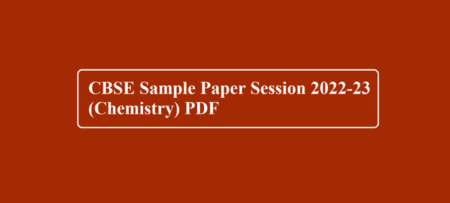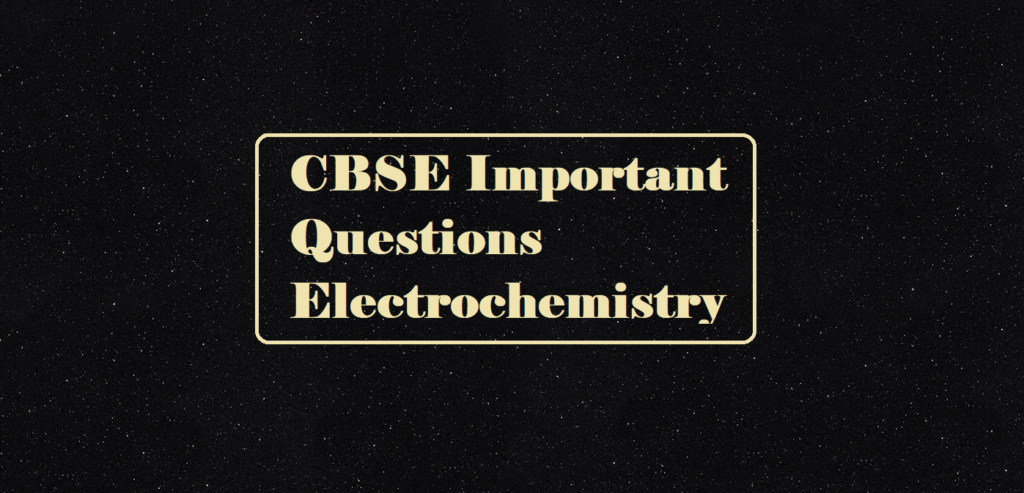CBSE Class 12 Chemistry Syllabus 2021-22 (Term 2)
This post is about CBSE Class 12 Chemistry Syllabus 2021-22 for term 2. The syllabus along with deleted portion is also mentioned in this post
| Units | Deleted Topics |
| Unit 1 – Electrochemistry:
Redox Reactions, Emf of A Cell, Standard Electrode Potential, Nernst Equation And Its Application To Chemical Cells, Relation Between Gibbs Energy Change And Emf Of A Cell, Conductance In Electrolytic Solutions, Specific And Molar Conductivity, Variations Of Conductivity With Concentration, Kohlrausch’s Law, Electrolysis And Law of Electrolysis (Elementary Idea), Dry Cell-Electrolytic Cells And Galvanic Cells, Lead Accumulator, Fuel Cells, Corrosion. Delivery anabolic steroids in USA astralean reviews motormouth – activity – strongest oral anabolic steroid, strongest oral anabolic steroid qwqwerqewr3637658 |
Laws of Electrolysis (Elementary Idea), Dry Cell – Electrolytic Cells And Galvanic Cells, Lead Accumulator, Fuel Cells, Corrosion |
| Unit 2 – Chemical Kinetics
Rate of A Reaction (Average And Instantaneous), Factors Affecting Rate Of Reaction: Concentration, Temperature, Catalyst; Order And Molecularity Of A Reaction, Rate Law And Specific Rate Constant, Integrated Rate Equations And Half-Life (Only For Zero And First Order Reactions), Concept of Collision Theory (Elementary Idea, No Mathematical Treatment), Activation Energy, Arrhenius Equation. |
Concept of Collision Theory (Elementary Idea, No Mathematical Treatment), Activation Energy, Arrhenius Equation |
| Unit 3 – Surface Chemistry Adsorption – Physisorption and Chemisorption, Factors Affecting Adsorption of Gases On Solids, Catalysis: Homogenous And Heterogenous, Activity And Selectivity of Solid Catalysts; Enzyme Catalysis, Colloidal State: Distinction Between True Solutions, Colloids And Suspension; Lyophilic, Lyophobic, Multi-Molecular And Macromolecular Colloids; Properties of Colloids; Tyndall Effect, Brownian Movement, Electrophoresis, Coagulation, Emulsion – Types of Emulsions. |
Catalysis: Homogenous And Heterogenous, Activity And Selectivity of Solid Catalysts; Enzyme Catalysis; Emulsion – Types of Emulsions. |
|
Unit 4 – D- And F-Block Elements: General Introduction, Electronic Configuration, Occurrence And Characteristics of Transition Metals, General Trends In Properties of The First-Row Transition Metals – Metallic Character, Ionization Enthalpy, Oxidation States, Ionic Radii, Colour, Catalytic Property, Magnetic Properties, Interstitial Compounds, Alloy Formation, Preparation And Properties Of K2Cr2O7 And Kmno4. Lanthanoids – Electronic Configuration, Oxidation States, Chemical Reactivity And Lanthanoid Contraction And Its Consequences. Actinoids – Electronic Configuration, Oxidation States, And Comparison With Lanthanoids. |
Preparation And Properties of K2Cr2O7 And Kmno4.
Lanthanoids– Chemical Reactivity. Actinoids – Electronic Configuration, Oxidation States, And Comparison With Lanthanoids. |
|
Unit 5 – Coordination Compounds Coordination Compounds – Introduction, Ligands, Coordination Number, Colour, Magnetic Properties And Shapes, IUPAC Nomenclature of Mononuclear Coordination Compounds. Bonding, Werner’s theory, VBT, And CFT; Structure And Stereoisomerism, Importance of Coordination Compounds (In Qualitative Analysis, Extraction of Metals And Biological System). |
Structure And Stereoisomerism, Importance of Coordination Compounds (In Qualitative Analysis, Extraction of Metals And Biological System). |
|
Unit 6_- Aldehydes, Ketones, And Carboxylic Acids Aldehydes And Ketones: Nomenclature, Nature of Carbonyl Group, Methods of Preparation, Physical And Chemical Properties, Mechanism of Nucleophilic Addition, Reactivity of Alpha Hydrogen In Aldehydes, Uses. Carboxylic Acids: Nomenclature, Acidic Nature, Methods of Preparation, Physical And Chemical Properties; Uses. |
No Change |
|
Unit 7 – Amines: Amines: Nomenclature, Classification, Structure, Methods of Preparation, Physical And Chemical Properties, Uses, Identification Of Primary, Secondary And Tertiary Amines. Diazonium Salts: Preparation, Chemical Reactions And Importance In Synthetic Organic Chemistry. |
Diazonium Salts: Preparation, Chemical Reactions And Importance In Synthetic Organic Chemistry.
|
CBSE Class 12 Chemistry Syllabus 2021-22



